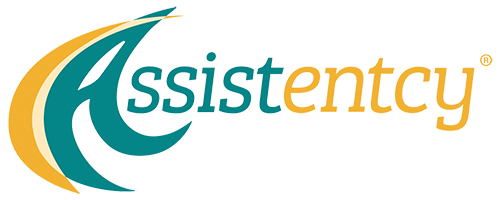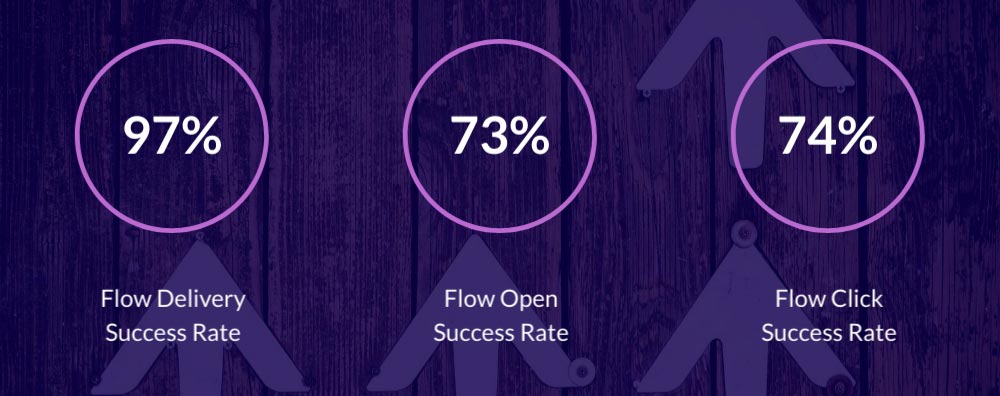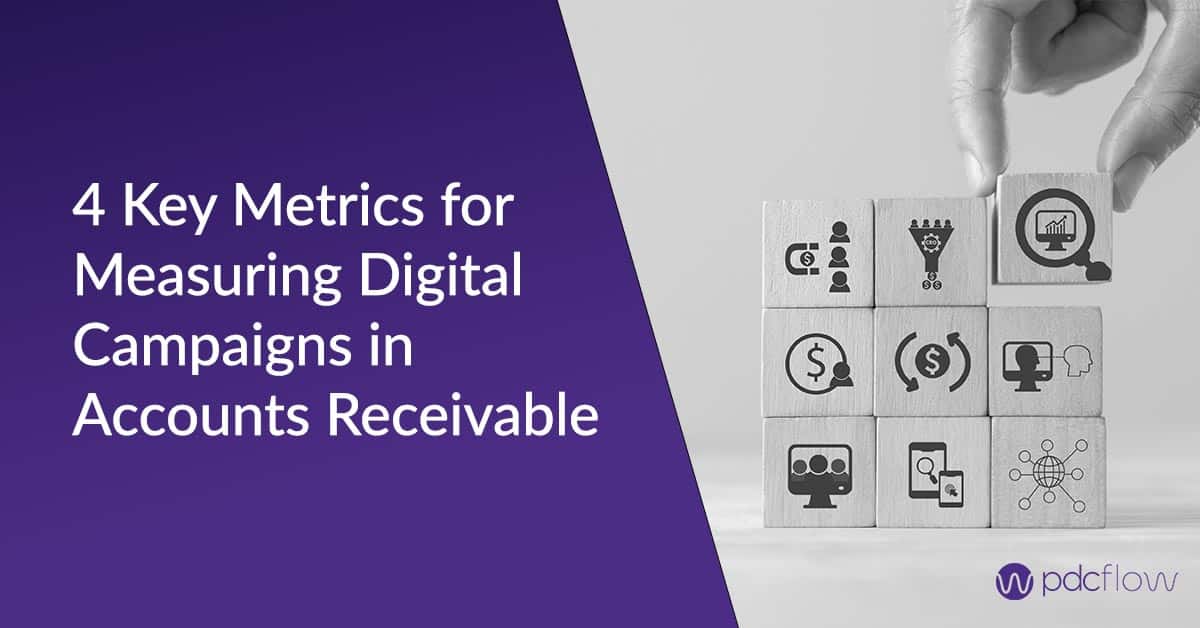
Doubled credit card payments in one year by providing a friction-free customer experience.
Assistentcy builds customized early-out recovery programs to assist healthcare organizations with self-pay and after insurance patients, helping them pay in a timely manner.
Recovery efforts are conducted as an extension of the healthcare organization’s own business office, with a consultative approach and an emphasis on assistance and education. When transacted properly, dedicated efforts save healthcare organizations time and money and help build positive relationships with patients and the community.
Cameron Karim is President and Director of Operations for both Assistentcy and Kansas Counselor. He has been in the accounts receivable management industry for 26 years and is a member of ACA International. He has received the ACA’s Scholar and Fellowship awards.
Cameron KarimPresident & Director of Operations
The Challenge
Assistentcy’s agents reported patients were willing to pay and often promised to pay. However, circumstances routinely created roadblocks that prevented payment over the phone.
Reasons for not making a payment to the representative were:
- Patients didn’t feel comfortable sharing HSA or debit card information over the telephone with Assistentcy’s agents.
- Patients didn’t have payment information readily available. They were often at work or didn’t have time to find payment information when they were speaking to agents.
- Patients were not sure the bill was legitimate and were fearful of being defrauded.
Assistentcy’s agents directed patients to a web payment portal by providing a URL, account number, and secure PIN. Patients were expected to review billing statements and make a payment.
This process was cumbersome – information was written down incorrectly or patients didn't have the means to take down the information.
As a result, many payments were not made even though the patient was willing to pay.
Cameron KarimPresident & Director of Operations
“What I was most concerned with is how hard is it for our agents to use? How hard is it for our management team to set it up? And once the consumer gets the information, how hard is it to process the payment?
And as of right now with Flow, the check mark is in the easy box on all three of those. It’s easy for us to set it up, it is easy for us to send it out to the consumer, and it’s very easy for the consumer to make a payment.”
The Solution
Assistentcy began sending Flows to patients beginning May, 2020. Flow Technology is directly integrated into the Assistentcy collection software system.
Agents can send patients a secure link through email or text that includes their patient billing statement and a payment form.
Patients can access the link at their convenience, validate their identity through a shared secret (such as last 4 digits of their social security number) and then review their statement and enter their own payment information.
Once submitted, the payment processes and the patient can opt to email themselves a receipt.

The Results
Credit card payments nearly doubled
After implementing Flow in May 2020, when an Assistentcy agent connected with a patient who wanted to pay a bill – but the timing was inconvenient – the agent offered to email or text the payment link with a Flow. By the end of the year, Assistentcy saw credit card payments increase by almost double compared to the previous year.
Throughout 2020, Assistentcy had a:
- 97% Flow delivery rate
- 73% Flow open rate
- 74% Flow click rate
REDUCED CALLS TO CONFIRM PAYMENT AND BETTER CUSTOMER EXPERIENCE
In the past, when an Assistentcy agent had a patient on the phone who wanted to resolve their bill, but didn't have time or their payment information on hand, the agent would instruct the patient how to pay online. This included providing the patient with a lot of information – the web portal URL, an account number, a PIN. This was a cumbersome experience for the patient.
“Flow has made it more convenient for consumers to pay the bill because they have the link right there. There was no need to go to the website. There was no account number, no PIN number. They used one of the identification forms offered within the Flow product. They type that in, make the payment, and they get a receipt," say Karim.
After implementing Flow, their agents could quickly send a billing statement and a payment form directly to consumers through text or email. This eliminated the work patients had to do to make payments, creating a smooth customer experience.
"A lot of times (before Flow) people would call us to get confirmation that the payment went through. Now they get that confirmation as soon as they make the payment."
BUILDING TRUST WITH CONSUMERS
Many consumers are protective of their personal and financial information. Karim's agents reported that consumers often didn't want to provide HSA card information over the phone. They were fearful of being defrauded and wanted to verify the bill they were being asked to pay was legitimate.
With Flow Technology, a patient can review their billing statement, verify the bill in question is legitimate and accurate, and enter their own private financial data.
“Before implementing Flow, we had talk offs for our agents focused on convincing patients that we were a legitimate business and they did indeed owe the bill. There was that level of convincing that had to go on which obviously increased the talk time," says Karim.
"But now with Flow, our agents say 'sure, I’ll send you a secure link and you’ll have paperwork – documentation that shows who you owe and obviously what you are paying for and you can validate that. Once you validate that yourself, continue on and make the payment.'”
Cameron KarimPresident & Director of Operations





